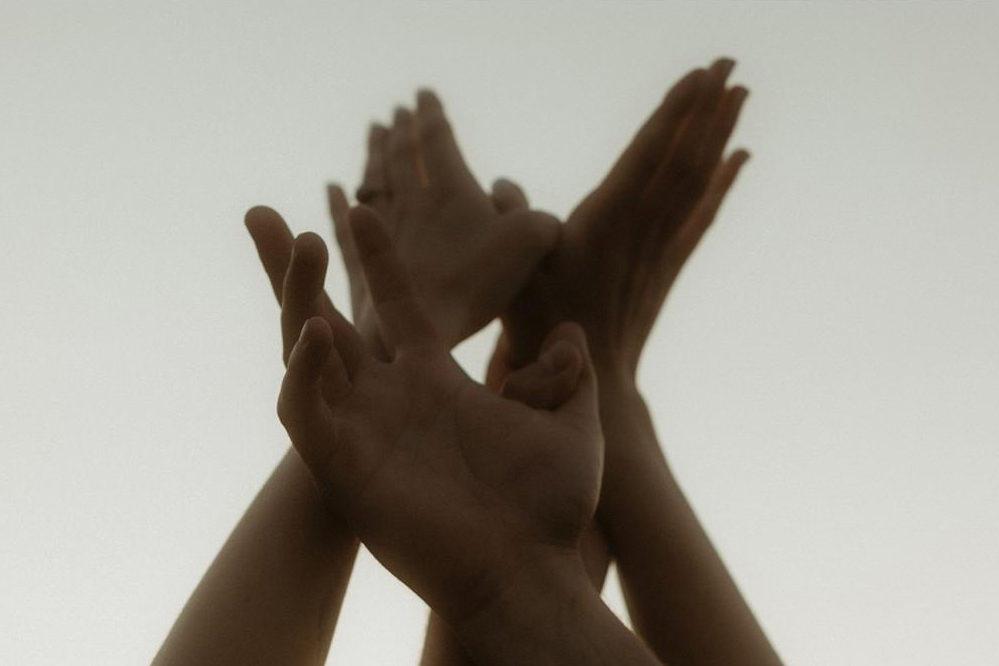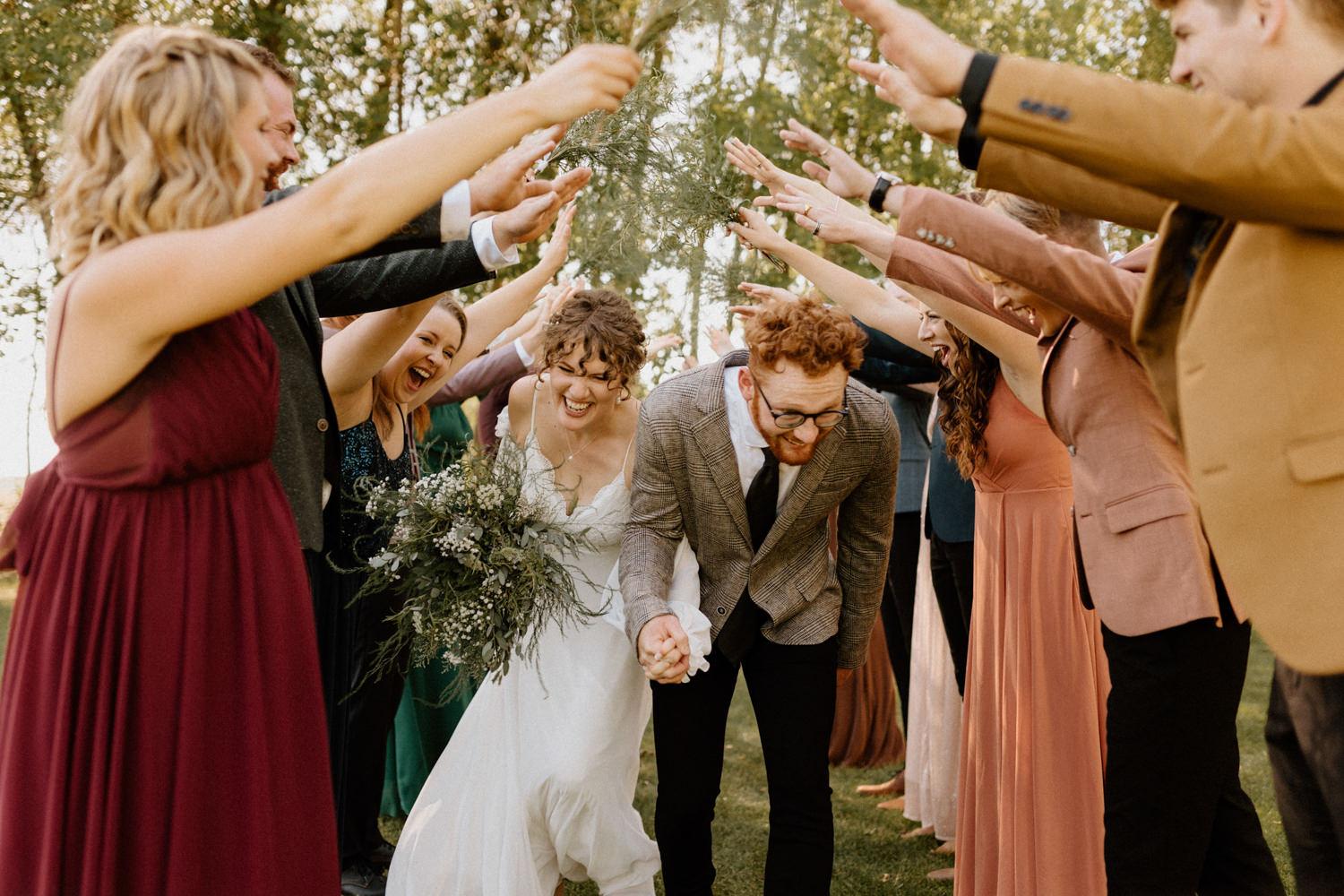There’s a reason why photos of a hug, a hand squeeze, or a shared look between partners hit so hard. It’s called oxytocin—and it’s the neurochemical foundation of love, trust, and lasting memory.
Often dubbed the “love hormone,” oxytocin plays a powerful role in human bonding. It’s released during moments of emotional intimacy, physical connection, and social ritual—all of which are central to weddings. But what’s more fascinating is how oxytocin also influences how we remember those moments, and how wedding photography helps us reconnect to them later.

1. What Is Oxytocin—and Why Does It Matter in Weddings?
Oxytocin is a neuropeptide released by the brain during:
- Physical touch (hugging, kissing, holding hands)
- Eye contact and close proximity
- Moments of deep emotional connection, including vows, speeches, and rituals
- Shared rituals like walking down the aisle, first dances, and even shared laughter
At a wedding, these stimuli are everywhere—which is why couples often feel intensely bonded, euphoric, and emotionally raw.
2. Oxytocin and the Formation of Emotional Memory
Oxytocin does more than deepen connection—it also helps encode emotional memory.
- It works alongside the amygdala and hippocampus, reinforcing long-term storage of emotionally significant events.
- These oxytocin-enhanced memories tend to be felt more vividly and last longer.
- That’s why even small moments—a squeeze of your partner’s hand, a tear wiped away—can leave an emotional imprint that stays for decades.
Wedding photography that captures touch and closeness isn’t just sentimental—it reflects neurochemical truth.

3. Why We Gravitate Toward Touch in Wedding Imagery
Photographs that include physical contact—hands linked, arms wrapped, foreheads touching—often evoke the strongest reactions.
Why?
- Touch activates mirror neurons, triggering emotional resonance in the viewer.
- Even seeing others in close, affectionate moments can release small surges of oxytocin, enhancing empathy.
- These images serve as emotional shorthand for intimacy, safety, and belonging.
They aren’t just “nice moments”—they’re neurological activators of connection.
4. Oxytocin, Trust, and the Photographer-Couple Relationship
Oxytocin isn’t just experienced between couples—it also plays a role in how couples relate to their photographer.
- When couples feel seen, understood, and supported by their photographer, their bodies are more likely to produce oxytocin during the session.
- This leads to more relaxed, natural, emotionally expressive images.
- Trust also enables the photographer to capture real vulnerability, not just curated performance.
In other words: emotional safety fosters emotional truth—and oxytocin is at the heart of both.

5. Looking Back: How Photos Reactivate Oxytocin-Attached Memory
When a moment captured in a photo was oxytocin-rich in real time, the image becomes a powerful retrieval cue.
- Re-experiencing that image can stimulate the same hormonal response, creating a sensation of love or closeness.
- This happens even years later—especially if the viewer is touching their partner, reliving a shared story, or reflecting during a quiet moment.
Wedding photography becomes a tool for reactivating emotional bonds, not just recording them.
6. What This Means for Photographers and Couples
Photographers who understand the role of oxytocin:
- Focus on capturing physical and emotional connection, not just composition
- Build rapport that allows for real, not performative, interaction
- Know that small, quiet moments—hands clasped, heads bowed, eyes locked—carry profound neurological weight
And couples who revisit those images are not just reminiscing—they’re strengthening the very bond the images represent.
Related Reading in This Series:
- The Neuroscience of Wedding Photography
- What Happens in the Brain on a Wedding Day?
- Why Photographs Trigger Memory (and Emotion) So Powerfully
- How Nostalgia Works—and Why Wedding Photos Tap Into It
- Emotional Contagion and the Power of Facial Expressions
- The Photographer as Emotional Interpreter
- What the Brain Remembers vs. What the Lens Sees